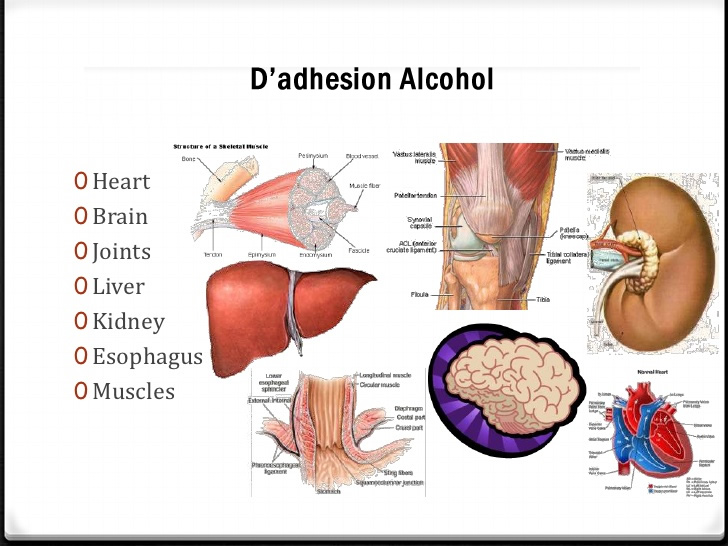
D'adhesion Alcohol
Increasing evidence suggests that alcohols act within specific binding pockets of selective neural proteins; however, antagonists at these sites have not been identified. 1-Alcohols from methanol through 1-butanol inhibit with increasing potency the cell–cell adhesion mediated by the immunoglobulin cell adhesion molecule L1. An abrupt cutoff exists after 1-butanol, with 1-pentanol and higher 1-alcohols showing no effect. Here, we demonstrate surprisingly strict structural requirements for alcohol inhibition of cell–cell adhesion in L1-transfected NIH 3T3 fibroblasts and in NG108–15 neuroblastoma × glioma hybrid cells treated with BMP-7, an inducer of L1 and neural cell adhesion molecule. The target site discriminates the tertiary structure of straight-chain and branched-chain alcohols and appears to comprise both a hydrophobic binding site and an adjacent hydrophilic allosteric site. Modifications to the 2- and 3-carbon positions of 1-butanol increased potency, whereas modifications that restrict movement about the 4-carbon abolished activity. The effects of ethanol and 1-butanol on cell–cell adhesion were antagonized by 1-pentanol (IC50 = 715 μM) and 1-octanol (IC50 = 3.6 μM). Antagonism by 1-octanol was complete, reversible, and noncompetitive. 1-Octanol also antagonized ethanol inhibition of BMP-7 morphogenesis in NG108–15 cells. 1-Octanol and related compounds may prove useful in dissecting the role of altered cell adhesion in ethanol-induced injury of the nervous system.
Ethanol causes serious injury to both the developing and mature nervous systems. Recent evidence suggests that alcohols alter nervous system function by interacting directly with selective neural proteins, including ion channels, kinases, and transporters
1-Alcohol inhibition of cell–cell adhesion demonstrates an abrupt cutoff effect between 1-butanol and 1-pentanol, consistent with a direct effect on L1 or an associated protein. Here, we show that straight-chain and branched-chain alcohols have highly specific structural requirements for inhibition of cell–cell adhesion. Moreover, 1-pentanol and 1-octanol abolish the effects of ethanol and 1-butanol on cell–cell adhesion and the effects of ethanol on the morphogenetic actions of BMP-7.
